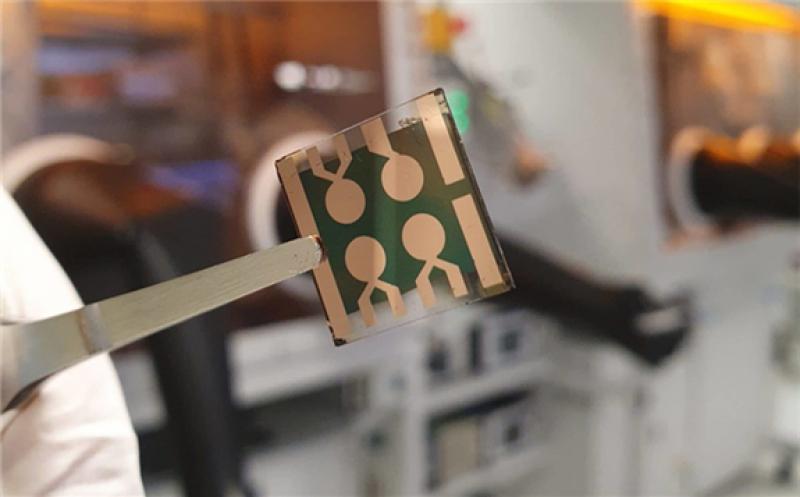Scientists at the University of Queensland in Australia have fabricated a solar cell based on a mixture of 2D and 3D salts. They claim that the cell is more moisture-resistant and durable than “conventional” perovskite cells based on 3D materials alone.

The cell should include the advantages of cells based on two-dimensional (2D) perovskites, which generally provide more hydrophobicity and thermal stability than “conventional” 3D structures. But it should also include the benefits of 3D perovskite cells, which can offer strong light absorption, good charge carrier transport, and higher power conversion efficiencies.
In “Engineering fluorinated-cation containing inverted perovskite solar cells with an efficiency of >21% and improved stability towards humidity,” which was recently published in Nature Communications, the cell was built with an inverted configuration (p–i–n). The scientists describe it as a solution with potential low-temperature preparation processes, reduced hysteresis, and improved long-term stability under ultraviolet (UV) light, compared to standard n-i-p architectures.
The device incorporates a fluorinated lead salt – the 2-(2,3,4,5,6-pentafluorophenyl)ethylammonium iodide (FEAI) – into the processing solution, which is normally used to form the 3D methylammonium lead iodide (MAPbI3).
“We demonstrate that small quantities of the additive enhance the performance relative to the neat MAPbI3 in terms of power conversion efficiency and stability to humidity and temperature,” the Australian team explained. “We also show that when the FEAI concentration in the processing solution is above a critical level the performance of the cells decreases.”
They said the simple addition of 0.3 mole percent of a fluorinated lead salt into the three-dimensional methylammonium lead iodide perovskite, via a low-temperature fabrication process, allows the cell to achieve a power conversion efficiency of 21.1%, without the use of an anti-reflective coating. The cell also exhibited an open-circuit voltage of 1.12 V, a short-circuit current of 22.4 mA/cm2, and a fill factor of 84%. They also claimed that there is no evidence for the formation of a 2D-perovskite layer, nor well defined large 2D crystals.
“We believe this efficiency is competitive with the highest reported for inverted perovskite solar cells composed of a mixture of 2D and 3D salts in the precursor solution, although with a less complex active layer,” the group said.
Additives that can form 2D Ruddlesden–Popper (RP) perovskite films when mixed with a 3D perovskite do not necessarily have to be used at a concentration to form a 2D/3D mixed perovskite film that will stabilize the cells and ensure performance, they added. Ruddlesden-Popper (RP) perovskites have attracted extensive attention in photovoltaics in recent years because they are highly stable, without sacrificing too much efficiency.
“The results show that if there is no FEAI in the active layer composition (pure MAPbI3) or there is too much additive (as little as a few percent), then the devices have poorer performance,” the scientists concluded. “The addition of 0.3 mol% of FEAI led to perovskite films in which there was no observable 2D phase and devices with the best performance.”
This article is reproduced at www.pv-magazine.com